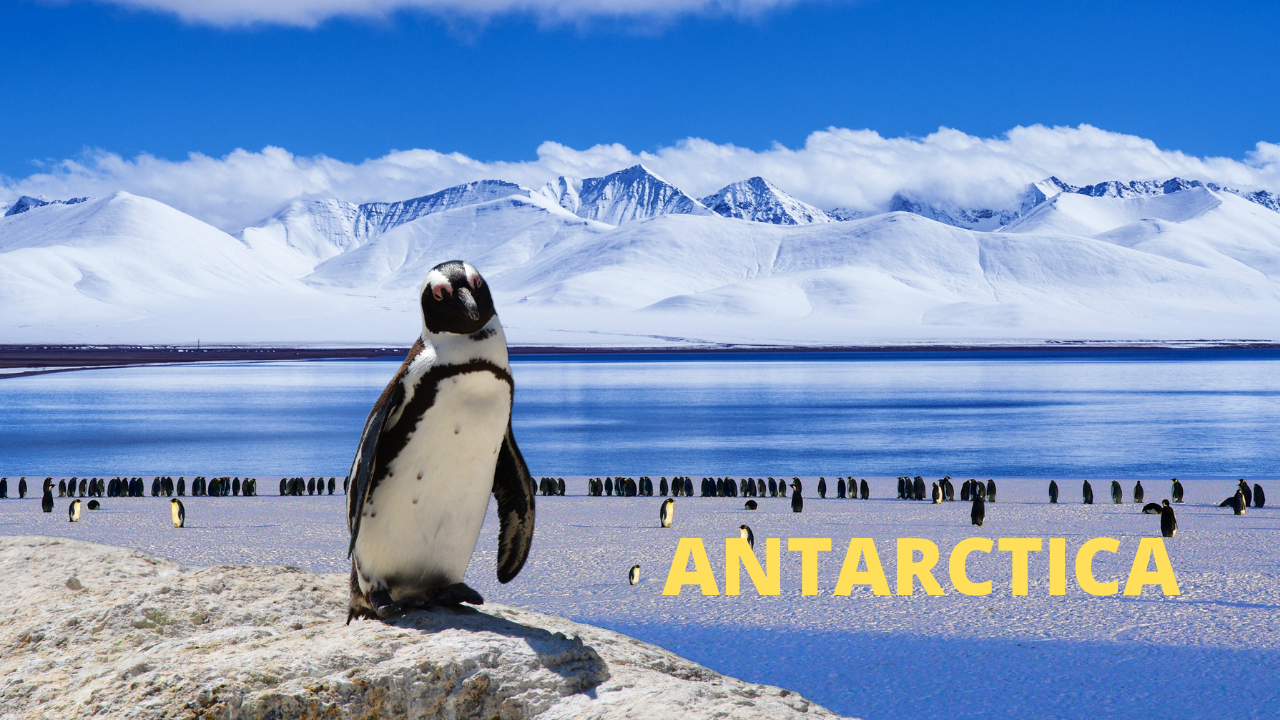|
The portuguese era in India is something that is not much talked about nowadays, possibly because the British had no love for them and were happy for them to be forgotten. But they were the first western power to visit and colonise India in 1498 - and for that matter, were the last power to exit India.. Well after the British left, all the way till 1961! They ruled a vast swathe of land, and had forts starting from Diu in Gujarat and all the way down to the Kerala coast. They had an extensive presence on the Eastern coast as well - with forts from Tuticorin till the Hooghli, and also ruled the island of Sri Lanka. They could have easily been the dominant power in the subcontinent, but got bogged down in royal politics and were ultimately outmaneuvered by the British East India company. The main capital of Portuguese India was Goa, of course - but the Northen capital was Vasai - or ‘Bassein’ as they knew it. It was an extremely rich fort - the centre of a flourishing kingdom and was the dominant power in the region - much bigger than the small outpost of Bom Bahia, or Bombay island. But now the fort is ruined and abandoned, and Vasai has been relegated to a sleepy backwater. It was to this place that I decided to cycle to on Sunday morning. If you drive down to Vasai then you have to take a circuitous route, but if you go on cycle you can carry the bike through the subway under Naigaon station and save a few Ks. I had tried to go the earlier Sunday, but bike broke down on Thane flyover - had to do some major repairs and change the axle, gear system and chain. Now the bike was fine again and I was off again. I left by 5.30 AM and got a pleasant surprise when I reached Thane. There was a cycle rally on there and so the police had shut off the flyovers to vehicular traffic, and they were reserved for the cyclists. Naturally, they thought I was part of the rally as well, and I got a royal welcome from the organisers as I was the first cyclist on the route. I had not waited for the starting whistle, and so was ahead of the pack. I grinned and waved as they took photos of me, though I was soon overtaken by a peloton of racing cyclists. I left them behind at the end of Ghodbunder road and carried on to Gomukh ghat and crossed over Versova creek and hit the mainland. The versova creek bridge is under maintanance, and so I was lucky to cross it without waiting for too long. On NH8, I kept an eye out for the Naigaon flyover where I had to turn off the highway and hit the inner roads to cross under the railway line at Naigaon station. Once I did that and entered the Vasai area, I could immediately see the Portuguese influence in the place. The area was very much like a Goan village, with small neat bungalows with beautiful gardens. The names, the roads, the village crosses, the very look and feel of the place was like the portuguese christian places like Bandra or Goa - though of course the features of the people were of the typical north Konkan people. I asked directions of the locals and made my way to the Vasai fort area. I had covered about 65 KM in roughly 4 hours. When I reached the fort, I was astounded at the size of it! It was simply huge! I crossed some small ASI signs and stone walls and stopped to the memorial of Chimaji appa - the brother of Bajirao Peshwa, who conquered the Vasai fort from the Portuguese in 1739, only for the fort to be surrendered to the British within a few years. ‘Where is the main gate?’ I asked an ASI official. ‘You have been in the fort for quite some time’ he replied. ‘It covers an area of 109 Acres’ Wow. thats big. He pointed the way to the sea gate and I went off to investigate that. It was most impressive, and the battlements are still intact, and you can still see the fleet of fishing boats on the shore which must have been there in Portuguese times as well. Vasai is still a major fishing port, and supply a lot of the fish in Mumbai fishmarkets. "The complete form of the Portuguese name is "Fortaleza de São Sebastião de Baçaim" or the Fort of St. Sebastian of Vasai. The name "Bassein" is the English version of the Portuguese "Baçaim" (with the "ç" spoken as "s" and with the "m" silent) Portuguese mariners exploring the north Konkan Coast, discovered the Arab Sultanate of Khambat or Cambay, building or renovating or expanding the fort in the early 15th century and attacked it in a failed effort to seize it. Later, after more systematic efforts, the Sultanate of Cambay ceded the fort to Portugal by the Treaty of Saint Matthew signed on the Portuguese brig Sao Matteus anchored in the Bhayander Creek or Vasai Harbor. The Treaty of Bassein was signed by Sultan Bahadur of Gujarat and the Kingdom of Portugal on 23 December 1534 while on board the galleon São Mateus. Based on the terms of the agreement, the Portuguese Empire gained control of the city of Bassein, as well as its territories, islands, and seas. The Mumbai Islands under Portuguese control include Colaba, Old Woman's Island, Mumbai, Mazagaon, Worli, Matunga, and Mahim. Salsette, Daman and Diu, Thane, Kalyan, and Chaul were other territories controlled and settled by the Portuguese." I stepped out of the sea gate and checked out Vasai jetty. It was in quite nice shape and as usual I wondered why we do not use the sea lanes more. It would be so easy to have regular sea lanes to Mumbai, North Konkan and Gujarat. There were so many ruined churches in the fort area. Even in their decrepit state, they looked stately and wonderful...in the heyday they must have been absolutely wonderful. They must have been destroyed and ruined when the maratha forces overran Vasai fort, and were never restored after that. The protestant anglican British never saw the point in restoring catholic portuguese churches I suppose. What really struck me was the amount of non military buildings in the fort area. It showed how stable and peaceful the area must have been, and how rich the area must have been with regular economy and taxation for them to afford so much civilian and ecclestial buildings. After exploring the sea gate and the churches, I wandered over to where there was some restoration masonry work going on and bumped into that ASI gentleman again and started chatting with him. I complimented him on well maintained the fort was - no undergrowth and no rubbish - all that was lacking was information boards at all the building which would give some info and background about what we were seeing. He thanked me and said that it had been cleaned up fairly recently. It had been completely overgrown and in a wild jungle state, and had been cleaned up by them recently. While funds and staff were completely insufficient for a fort of this size, they were trying their best. They were reconstructing the buildings, using the original stones and using traditional mortar made as per the ancient formula of lead and whatever. He told me to check out the other churches and especially the Franciscan church, where a lot of the ancient portuguese were buried in the nave of the church and I could check out their burial slabs. I went off exploring, and checked out a couple of churches where the local boys were playing cricket in front of it. On my way to the franciscan church, I passed a strange sight. A group of guys were faking an accident photo. One guy was lying on the ground and another was coating his head and shirt with blood, while a photographer was directing them to perfect the gory sight of a victim lying dead or grievously injured in the bushes. Wonder what they were doing this for - an insurance scam, or a blackmail plot perhaps. I didn't stop to ask, as they didn't look happy at all to see me see them. I found the ruined franciscan church with the graves of the long dead foreign adventurers and grandees. It was quite a pathos heavy site. This must have been a grand church once - the main one of the fort. It must have been a great honour to have been buried in the nave of the church, and people must have jostled and quarrelled to get their loved ones buried there. The dead people must have come from so far away, and must have been filled with immense ambition and energy and greed. They had come and created a whole new world on the other side of the globe and changed the fortunes of millions. Now they are all dead, the church is dead and roofless and their slabs weather in the sun and no one can even read their names. I decided to exit from there - the sun was beating down and it was getting quite hot. I was planning to take the bike on the train from Vasai to Dadar. This was the first time I would be taking the cycle by train. I hoped that there would be no issue with taking the cycle on the train - the idea of cycling back was not appealing at all. But it turned out to be a smooth issue - I bought a ticket at the counter and then went inside and took a luggage ticket from the TC who sold me a cycle ticket for 200 rupees. I went to stand on Platform 3, but rushed to platform 5 to catch the fast local. I located the luggage compartment and shoved the bike in. The people were very kind and shuffled around to accommodate me. Some of them asked me where I had been and were very impressed to hear that I had cycled from Chembur to Vasai. They couldn't figure out whether to admire me or pity me for being an idiot, I suppose. I got off at Dadar and cycled back home. It had been a nice day - a long satisfying 80 Km + ride and a visit to a place which I had always been curious about.
|
Categories
All
Hi thereI blog about my travels - and the thoughts they set off! Sometimes the simplest destinations can be the most thought-provoking! Archives
May 2022
|

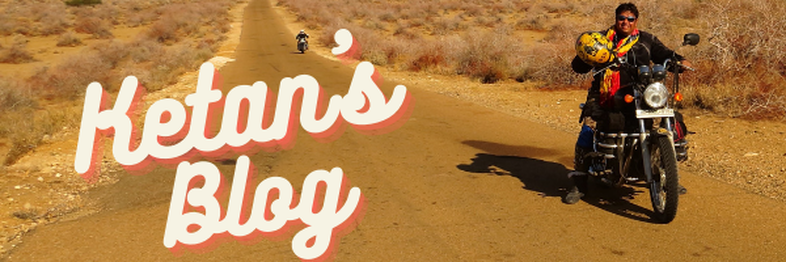
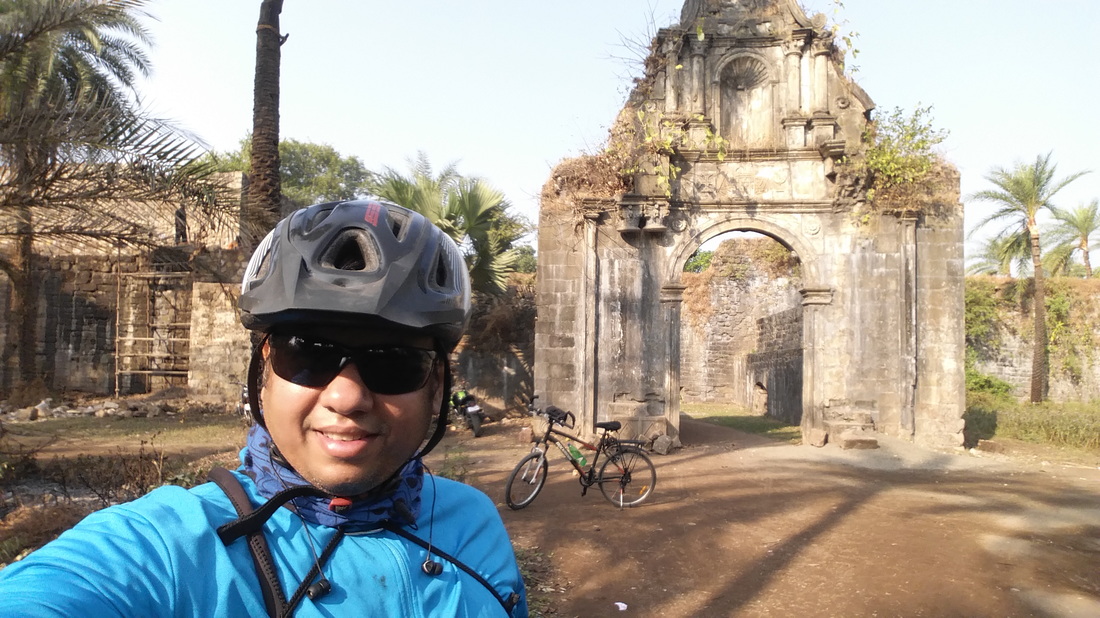
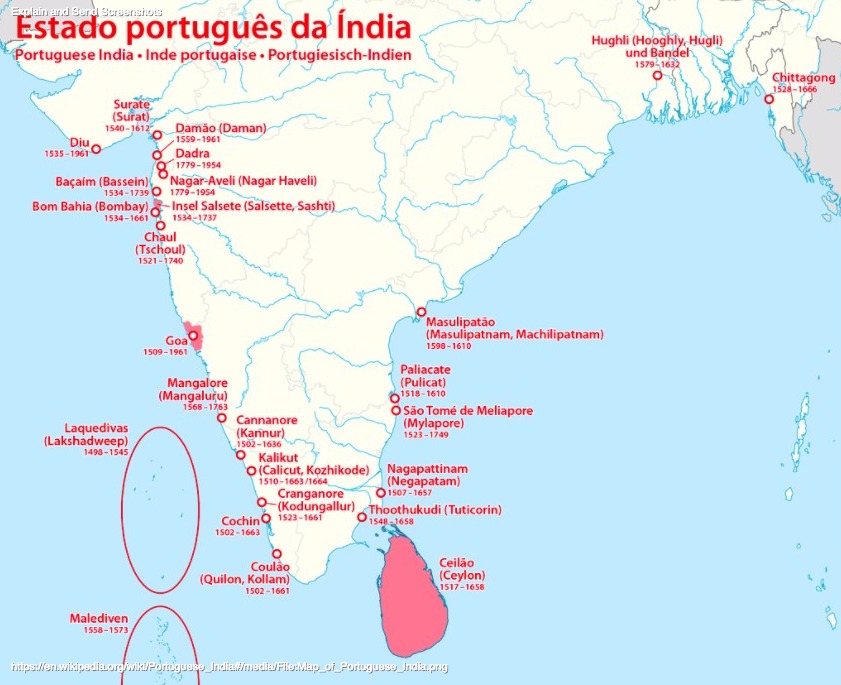
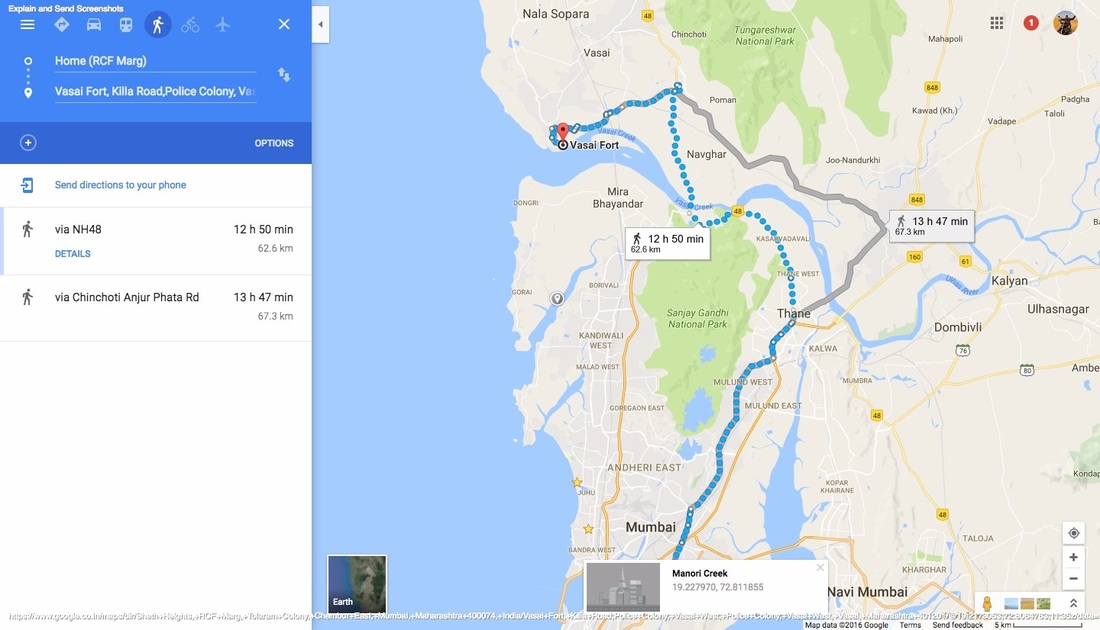
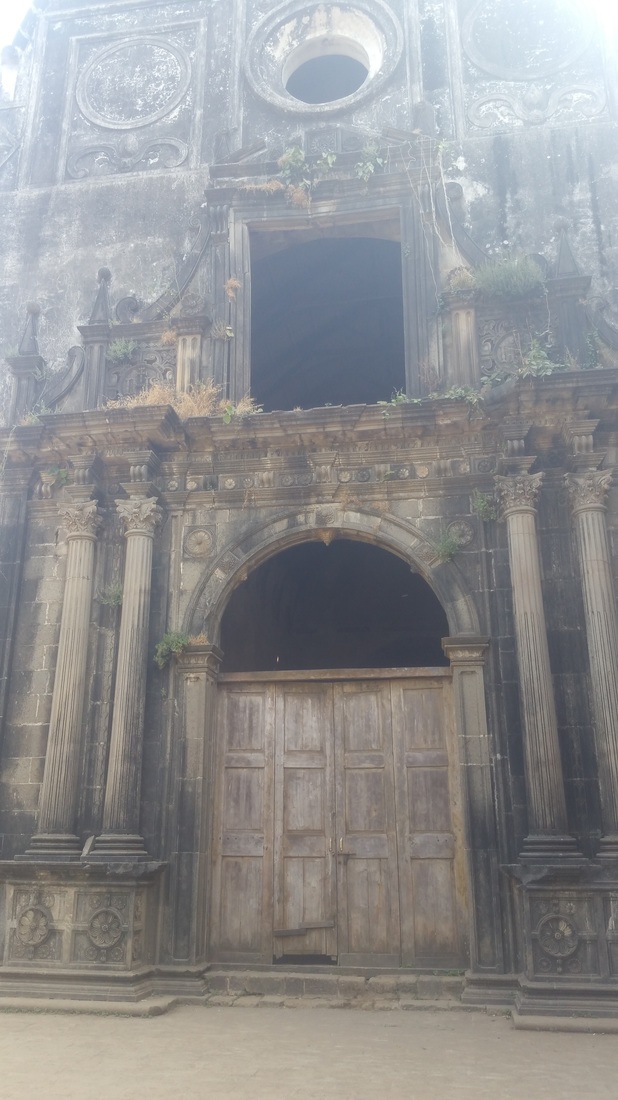

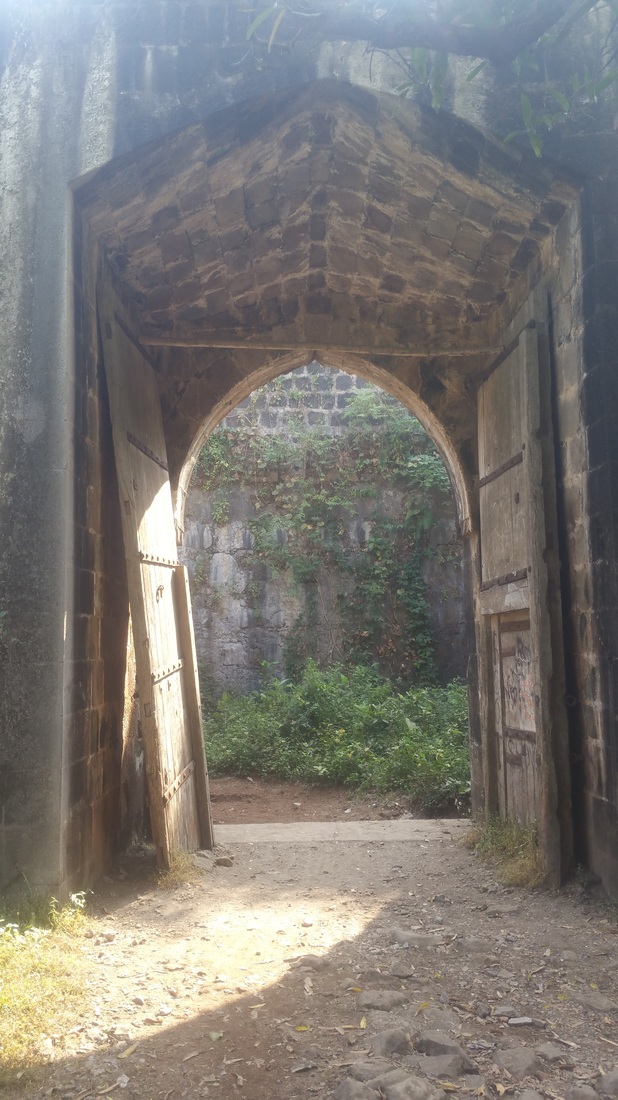
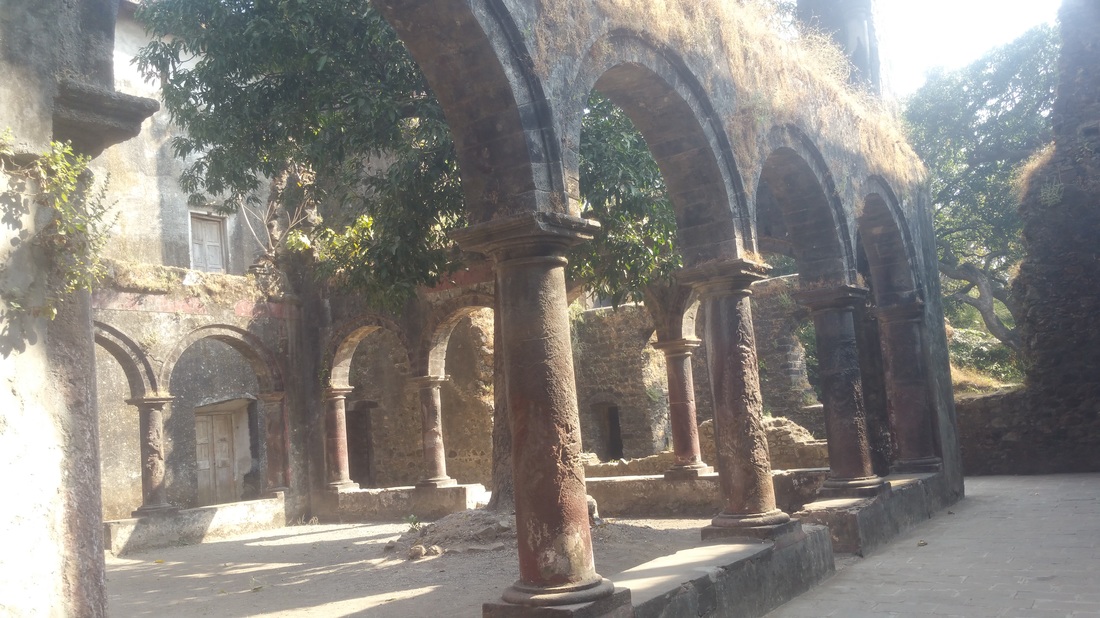
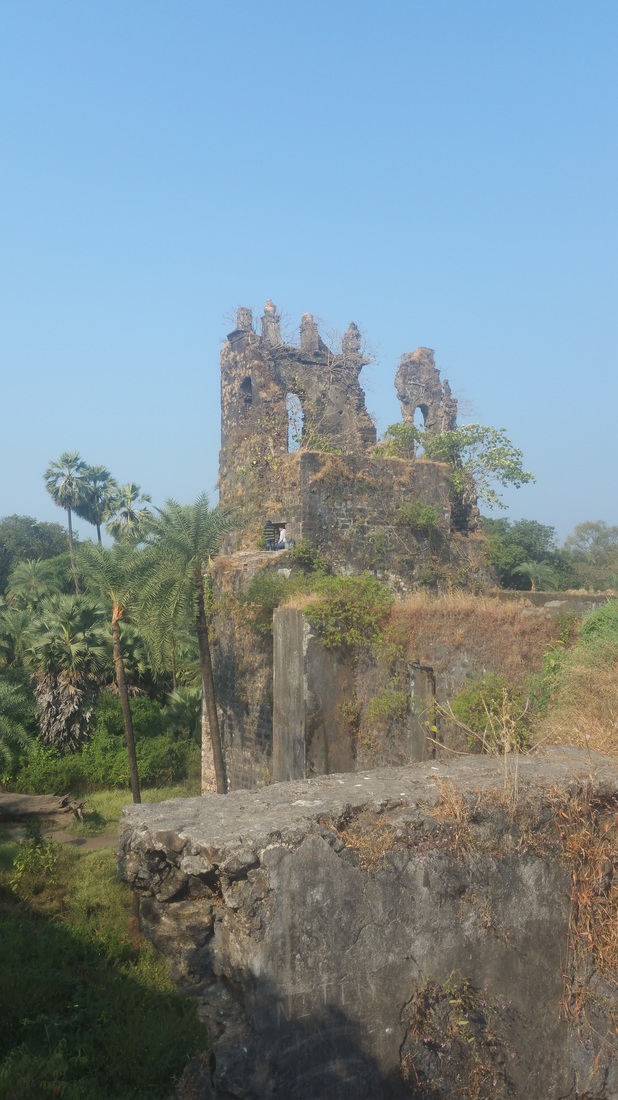
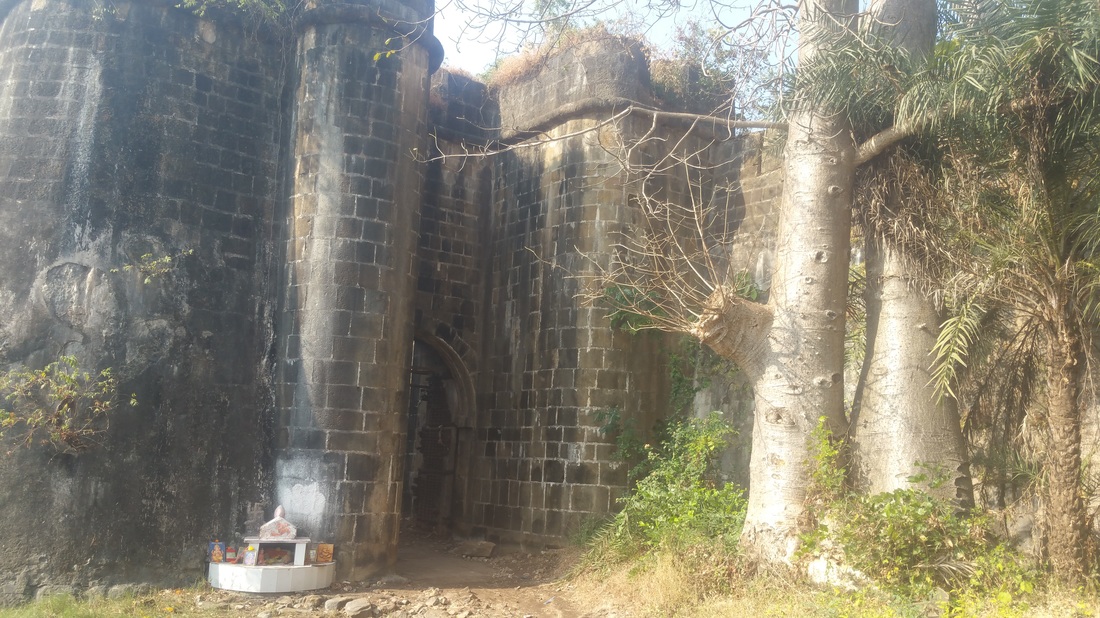
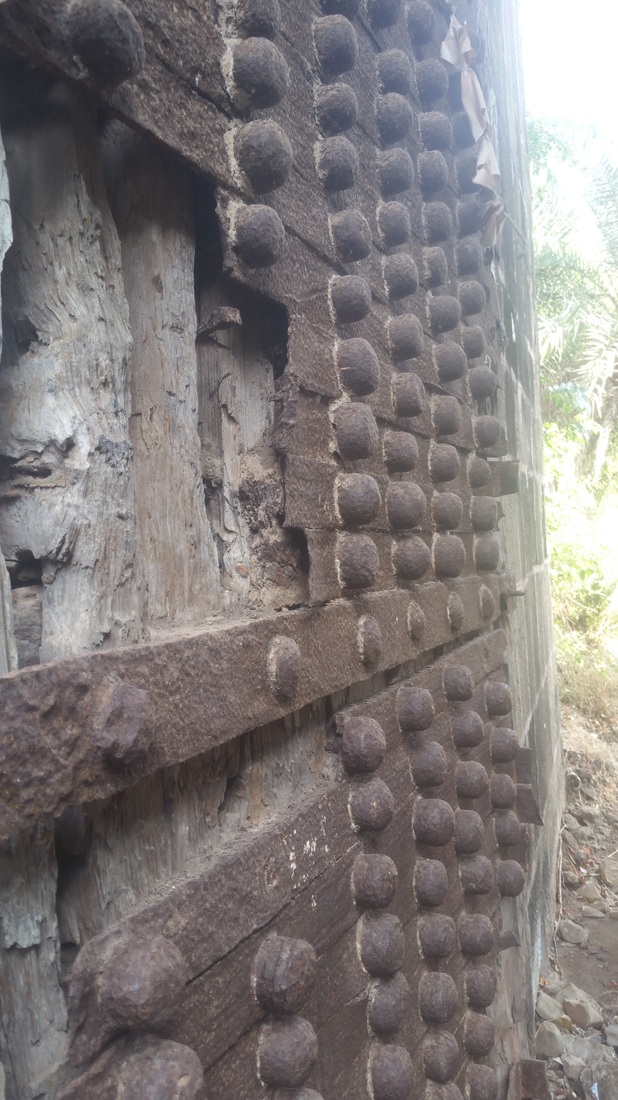
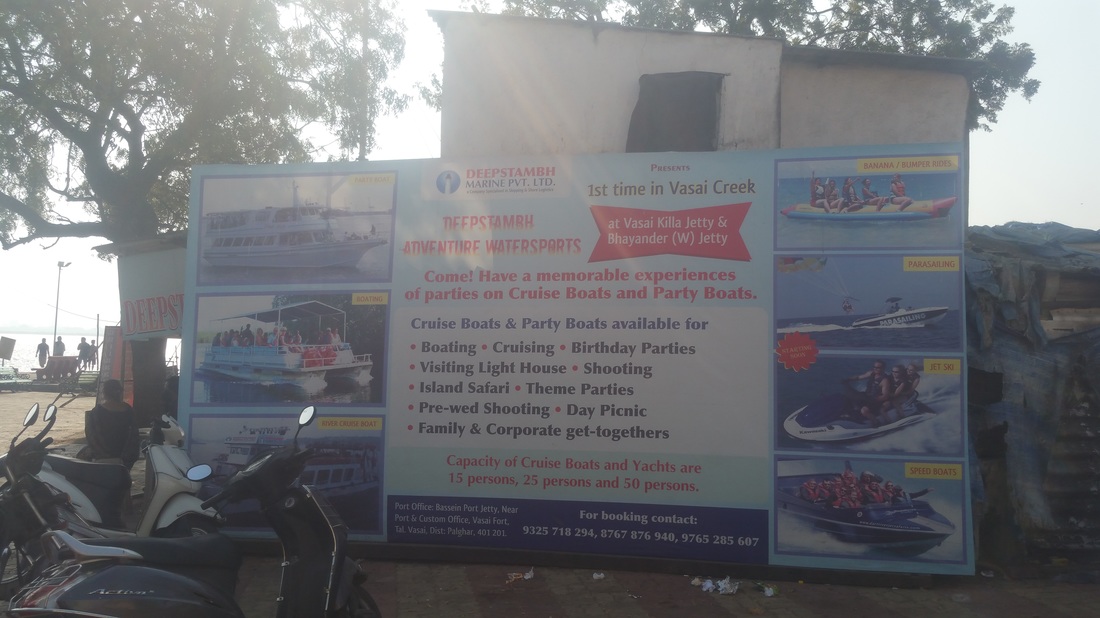
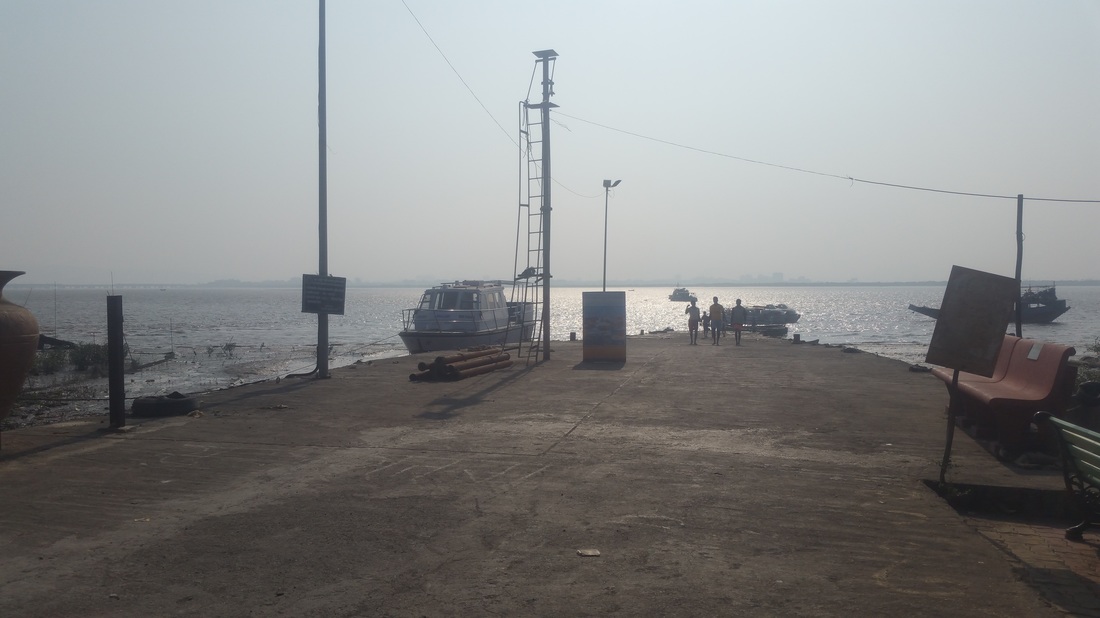
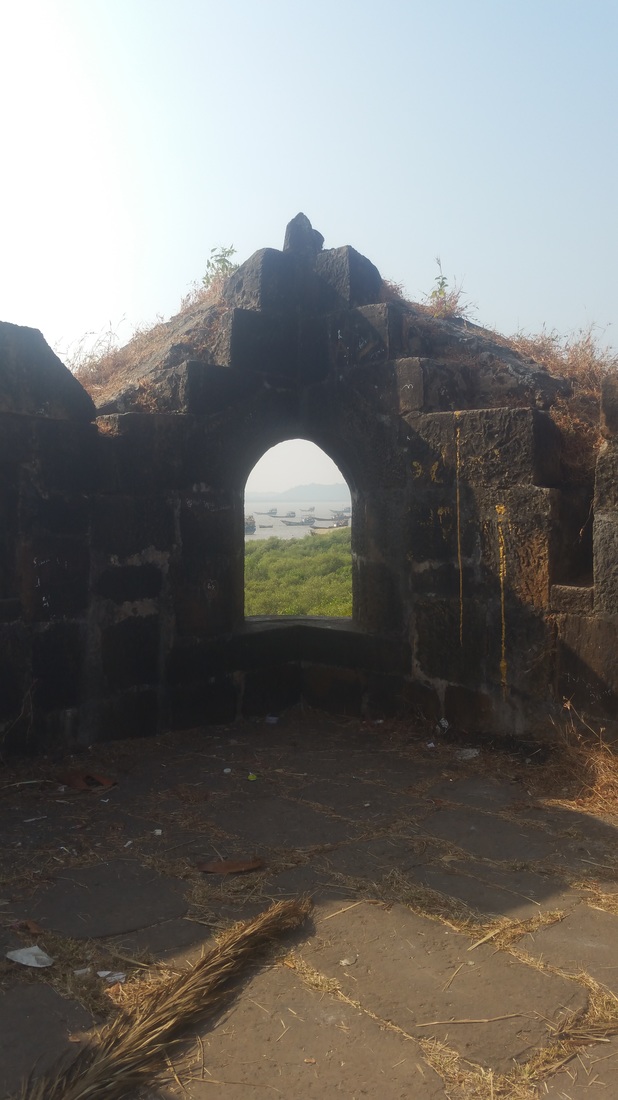
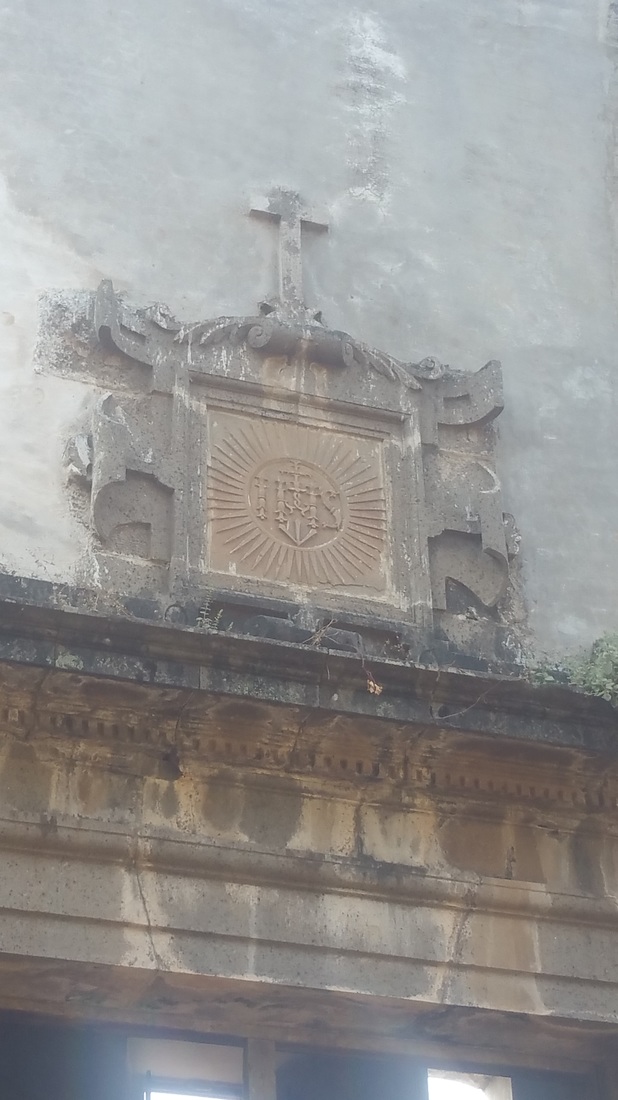

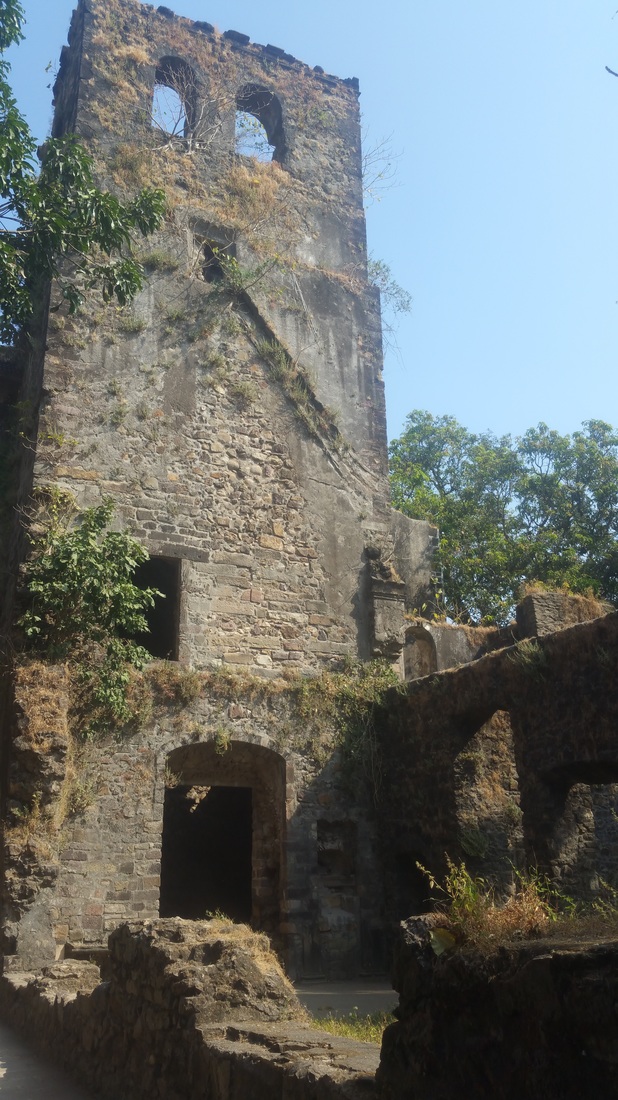
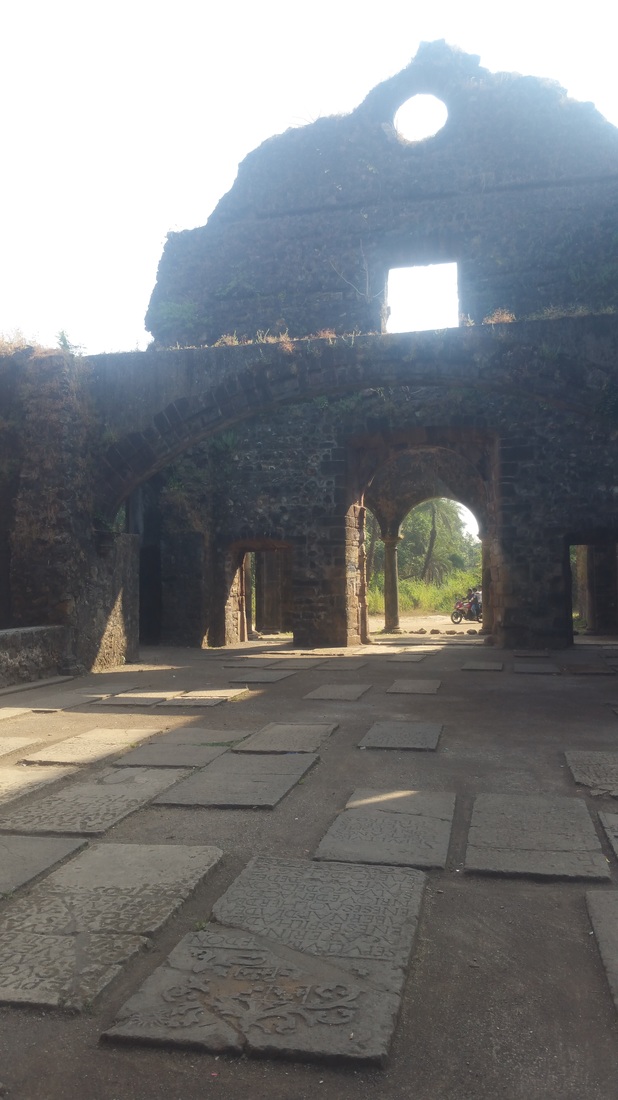
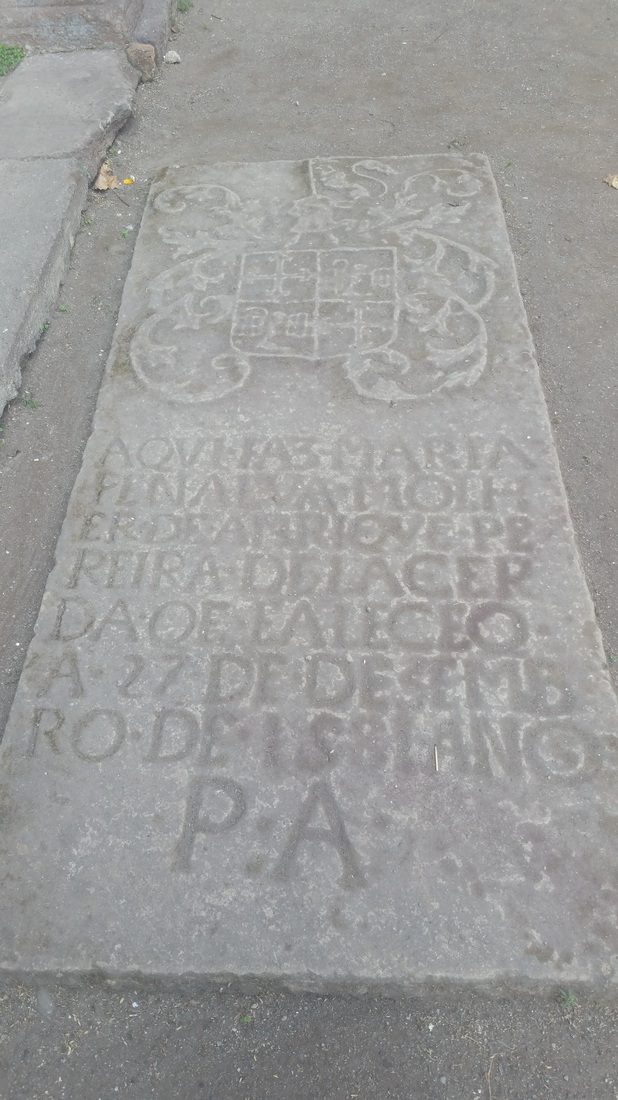
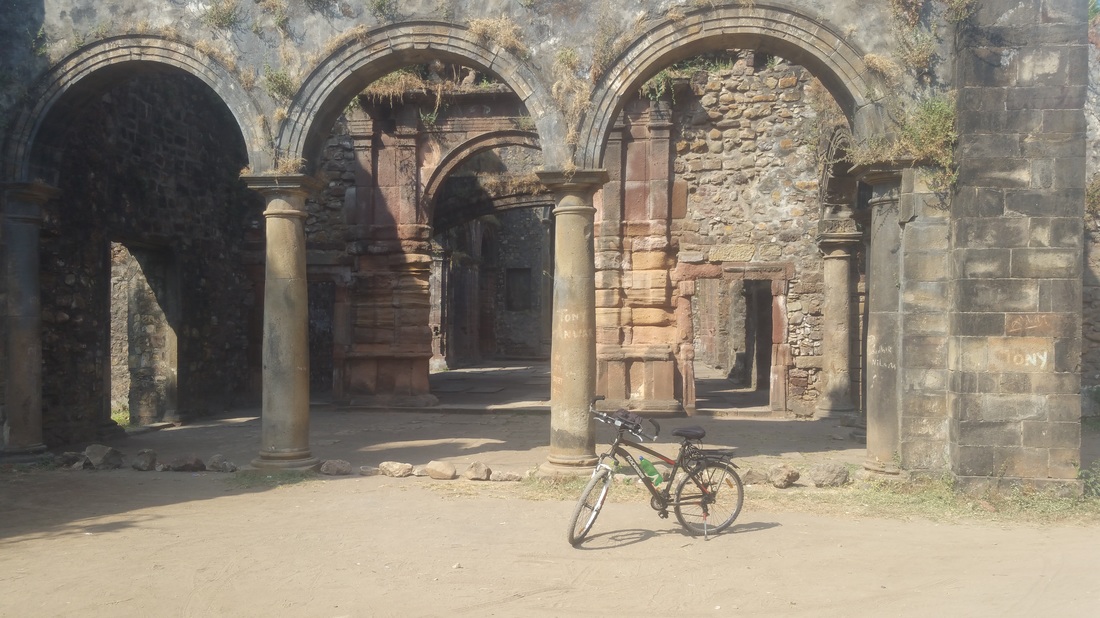
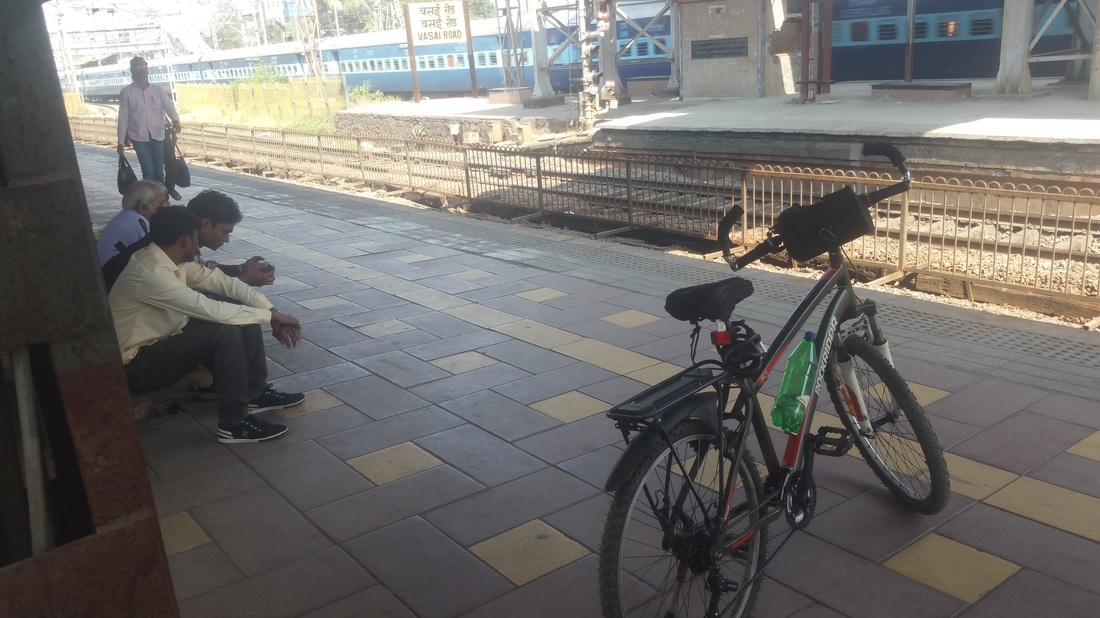
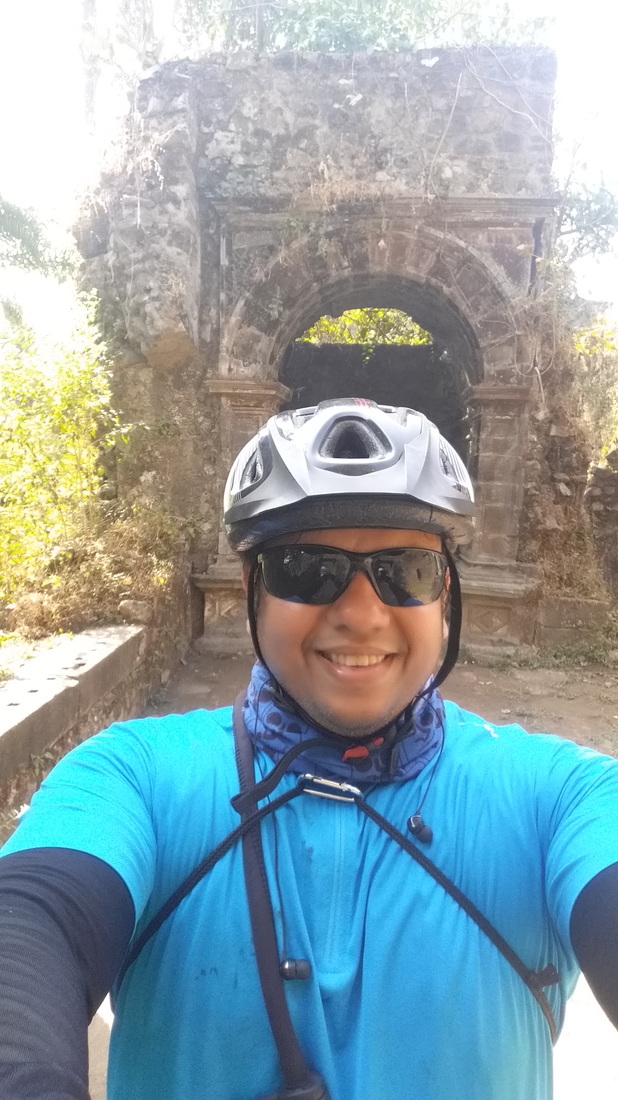
 RSS Feed
RSS Feed
